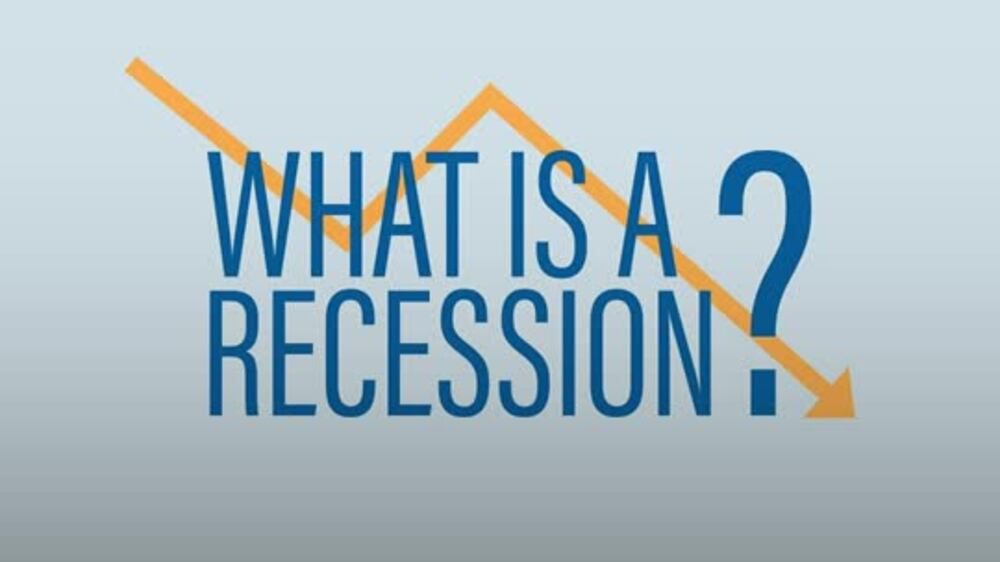When it comes to money, most people are uncomfortable with the possibility of losing their hard-earned cash.
The fear of loss puts many off investing; loss aversion suggests that the pain of loss is twice as strong as the pleasure of gains.
Although investing is not the same as gambling, there are certain risks, including loss of capital or minimal returns.
There is a balance to strike between protecting against loss and taking certain risks to ensure your money outpaces inflation.
Knowing your risk tolerance can help you to maintain an appropriate asset allocation in your portfolio to grow your money and prevent panic selling.
What are risky investments?
Investments can be seen on a spectrum of risk. Low-risk investments place emphasis on preservation of capital over the reward potential.
A cash savings account in a reputable bank is a low-risk investment. Other investments, such as government bonds and some pension accounts are low risk, often guaranteeing your capital, but making small returns.
However, inflation is almost certainly guaranteed, which reduces the true value of your money over time.
On the other hand, investments deemed to be higher risk, such as cryptocurrency or forex trading, are more speculative, meaning there is an increased chance of losing some or all your money.
Nevertheless, there is often a greater potential for higher returns.
Investing in single stocks also poses risk; if the company you invest in goes bankrupt, you may lose your money.
What is asset allocation?
Some people have a mix of low and high-risk investments in their portfolio.
For example, a person may allocate 70 per cent of their money in globally diversified index funds, 25 per cent in government bond funds, and 5 per cent in high-risk investments.
This means that most of their assets are growing in line with the stock market, but they maintain a portion of their money in low-risk bonds for downside protection.
They do not put their entire net worth at stake with risky investments, but the small allocation allows them to speculate if they wish.
This is asset allocation. The question is: how do you decide on the appropriate asset allocation for you?
Watch: What is a recession?
What is a recession?

What is your risk tolerance?
When it comes to investing, you need to determine where on the risk tolerance spectrum you fall.
There are certain questions you can ask yourself to help support your investing decisions:
- Your timeline to retirement is key. If you have 10 or more years of work ahead of you and are in good health, you may be able to increase the percentage of money in speculative investments. On the other hand, if you are nearing retirement, you may want a stable portfolio to support your lifestyle as you reduce or stop actively earning income.
- Your dependents are an important consideration. The more people depending on your income, the less likely it is that you can take bigger risks, particularly if your dependents will still rely on the income generated by your portfolio once you retire. This is also true if you have property or vehicles, which require costly maintenance.
- Your knowledge and personality play an imperative role in risk tolerance. It is worth learning about what you are investing in. A good question to ask is if you could explain your investments to a five-year old child? If the answer is no, chances are that you still have knowledge gaps. It is important to know yourself as well as you know the stock market. The desire and ability to take risks varies hugely from person to person. If you prefer a conservative portfolio, then your asset allocation should reflect that.
How to manage investing risk
Although you may feel comfortable with the asset allocation you decide upon, there are inevitably still some risks involved in investing. So, how can you manage investing risk?
- Diversification of assets. If your entire portfolio is invested in one stock, you rely solely on one company’s earnings for your returns. But if your money is invested across several sectors, companies and countries, you are less exposed to losing all your money.
- Dollar-cost averaging. This strategy involves automating your contributions, perhaps by transferring the same amount each month to your portfolio. This reduces desire to time the market and lowers overall risk — you are exposed to all market conditions.
- Stress-test your portfolio. There are websites you can use to stress test your portfolio, and you could ask yourself questions such as: how much money can I comfortably afford to lose? How would I feel if my portfolio lost 5 per cent of its value, or 50 per cent of its value?
- Educate yourself. It is important for you to feel comfortable and knowledgeable with what you are invested in. This will ensure that your asset allocation is right for you and reduce fear around investing.
- Emergency fund. Keep at least three to six months’ worth of expenses in an easily accessible account to avoid having to sell your investments before you planned.
It is important to remember that risk tolerance is fluid and will change depending on what life stage you are in and how your knowledge develops.
If you are exposed to a high level of risk and you struggle with a market downturn, rebalance to lower the portion of your portfolio allocated to speculative investments.
Having an asset allocation based on your personal risk tolerance will help you feel confident, grow your portfolio at an appropriate level and ward off investing fear.
Alison Soltani is the founder of LeapSavvySavers.com






